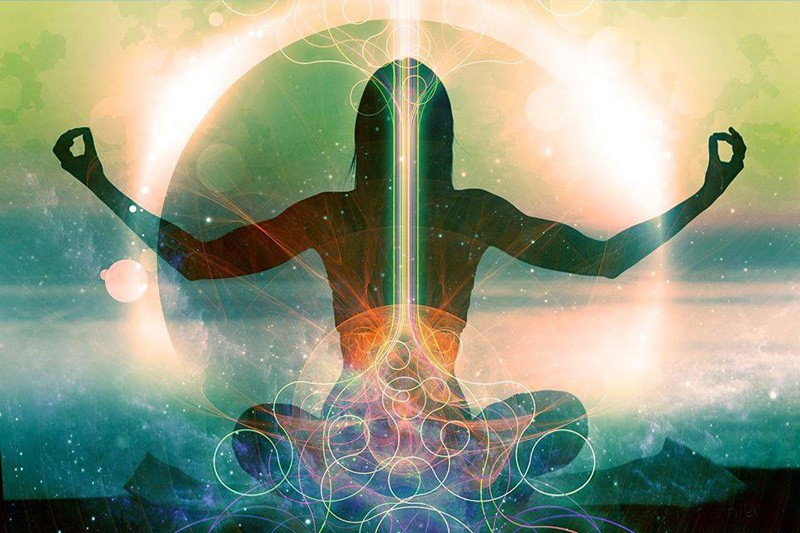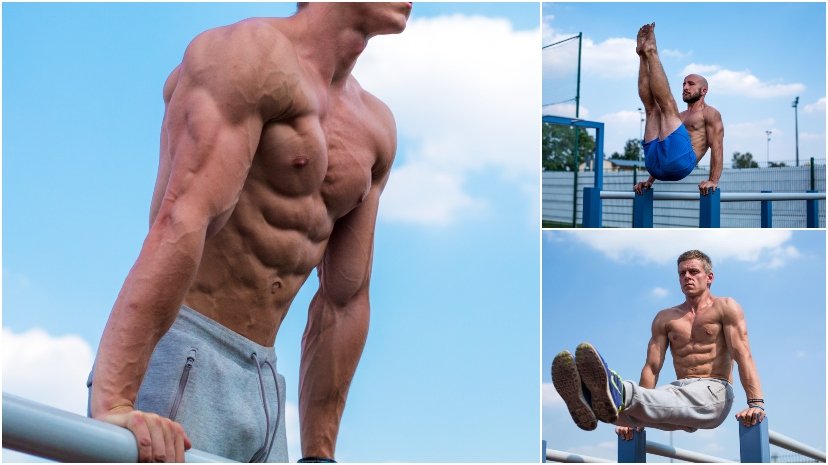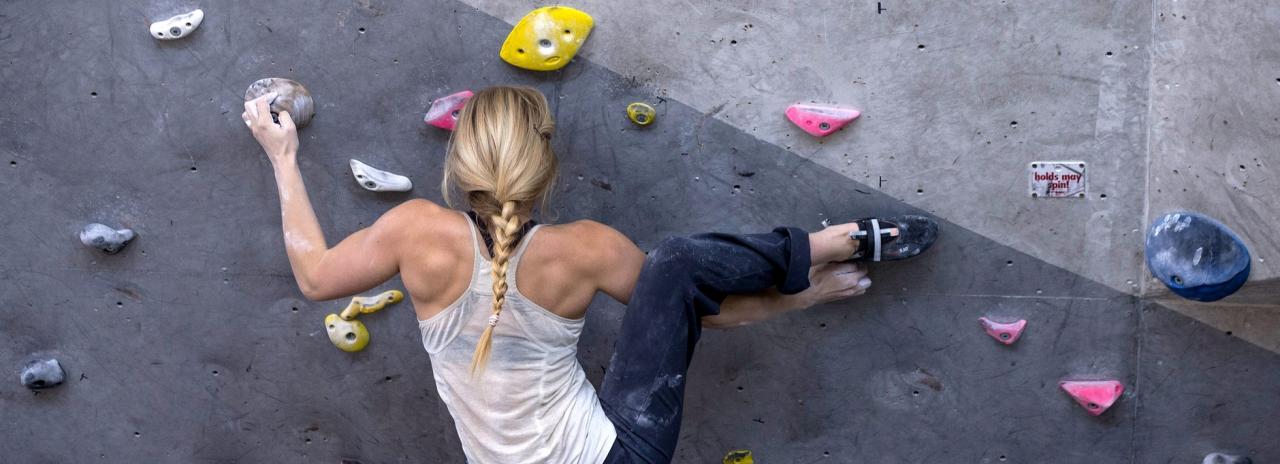Still very active in sport, something comes up and your sporting ambitions are in the can for the time being. This is often the case after an injury. But also a lot of stress or simply no desire can temporarily slow down your athletic ambition.
Then the moment comes when you really want to get started again: You want to move and get active in sports.

But after a long break, some dangers lurk and the first sporting units are more difficult than usual. Depending on how long you have paused, it can take weeks or months to get back to your usual form. Anyone who falls into a longer sporty winter sleep every year knows this well enough.
You can find effective tips on how to get yourself up here. In the following, we will clarify how you can best find your way back to your usual sports routine.
There are sports that can help you strengthen your core muscles and increase your flexibility. These are the best conditions to start training slowly and carefully again and to get used to a more intensive load step by step.
1. Strengthen core and concentration with Pilates

Not because of “soft” sport: Pilates may seem inconspicuous to outsiders, but full-body training has it all: The exercises are ideally gentle and flowing, but extremely effective.
The focus in Pilates is on the “powerhouse” – the core of the body. It is used in every exercise and is the starting point for training all other parts of the body. According to Harvard Health, everyone agrees on how important it is to strengthen the core: “Imagine your core muscles as the central element of a chain that connects your upper and lower body”.
Even if Pilates is considered a gentle training method, the exercises are very demanding. The muscles are strained and therefore strengthened. However, it is not just individual parts that are stressed, but the entire body. Keeping individual body parts and muscle groups still for a moment not only requires concentration, but also absolute precision and body control.
After Pilates is a holistic training method that strengthens the deep and supportive muscles and centers the joints, it is now also used in physiotherapy worldwide with great success. A stable hull is the key!
Learn more about Pilates here.
2. Healthy and happy by swimming
Swimming is the ideal sport in many ways: it strengthens numerous muscle groups at the same time, works wonders on endurance and also strengthens lung function.

Tension in the neck and shoulder area in particular is gently released by moving the arms. The movements of the legs stimulate the blood circulation and strengthen the veins. The transport of blood to the heart is also supported by paddling the legs.
At the same time, the immune system is boosted. Swimming is also gentle on the joints because the water carries part of the body’s weight. But swimming not only makes you fit, it also makes you happy. As simple as it sounds, it is. Those who regularly plunge into the water also do a lot for their mental health. It has been proven that regular swimming – even 30 minutes a day – helps to reduce stress, increase concentration and endorphin levels, and reduce feelings of anxiety and depression.
Swimming is fun and strengthens health and well-being – you can’t expect more from your sport, can you ?!
3. Tai Chi gives life force

You must have seen groups of people in the park practicing Tai Chi. So you have an idea what it might be about. Slow, mindful movements. No weights. Low intensity. The practice combines aspects of ancient Chinese medicine, philosophy and martial arts. Tai Chi is the antithesis of most modern training programs that emphasize fast, vigorous activity.
This martial art is mainly about learning and practicing movement sequences or forms. You adopt certain postures and then move harmoniously into others until you have finished a sequence. The shapes have poetic names such as “The white crane spreads its wings” or “the parting of the wild horse’s mane”.
Typical postures are taken with the aim of loosening tense muscles. Breathing techniques are used that promote a state of peace and calm. Mental balance is one of the goals of Tai Chi. In addition, it can help to balance feelings and get a positive outlook on life.
Tai Chi exercises, also known as “shadow boxing”, are a tried and tested means to bring the life energies in the body back into harmony and thus promote serenity and health
4. Calisthenics: More than just hanging out

The term “self-weight exercises” doesn’t sound sexy, but rather reminds of dusty school sport. Calisthenics is nothing more than training with your own body weight – just a little bit cooler. In New York, bodyweight exercises were rediscovered by the street workout scene in the early 2000s and enriched with elements from other sports, such as breakdancing.
Training with your own body weight stabilizes the entire musculoskeletal system and builds muscles properly. Practically every muscle is used – from shoulders, stomach and back to the calves. Long stretching is also a very effective fascia training, forms a beautiful silhouette and minimizes the risk of injury.
Advanced body weight exercises are a mixture of strength, balance, mobility and flexibility training. You develop a kinesthetic awareness and better body control, which is also beneficial for other types of training.
5. Fit through bouldering

Bouldering is all the rage! And for good reason: Climbing at jump height is the perfect full-body training, provides strength and endurance – and at the same time demands your mental fitness.
In bouldering, every muscle in your body (core, back, arms, legs, shoulders), from the fingertips to the toes, is trained and your mental strength is also built up. This helps improve performance for other sports.
